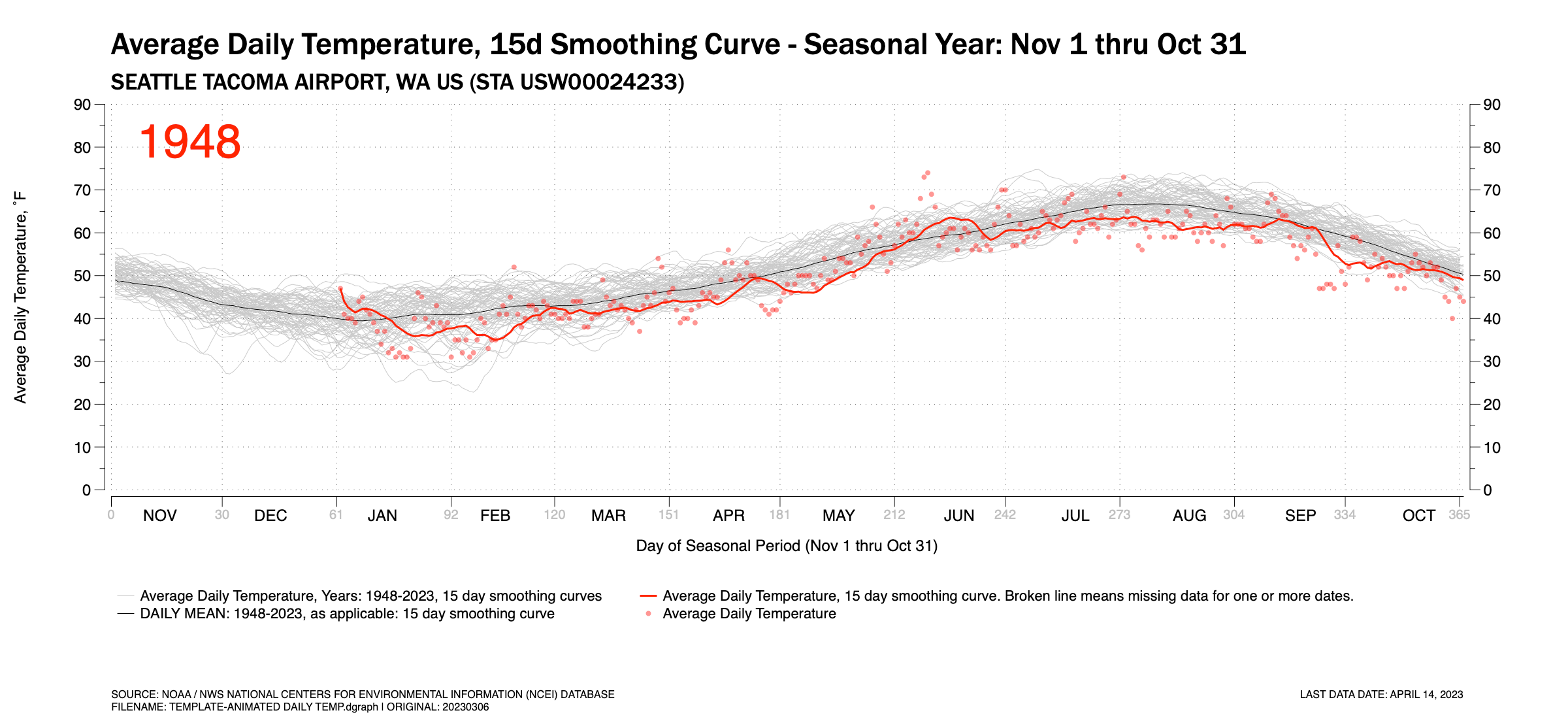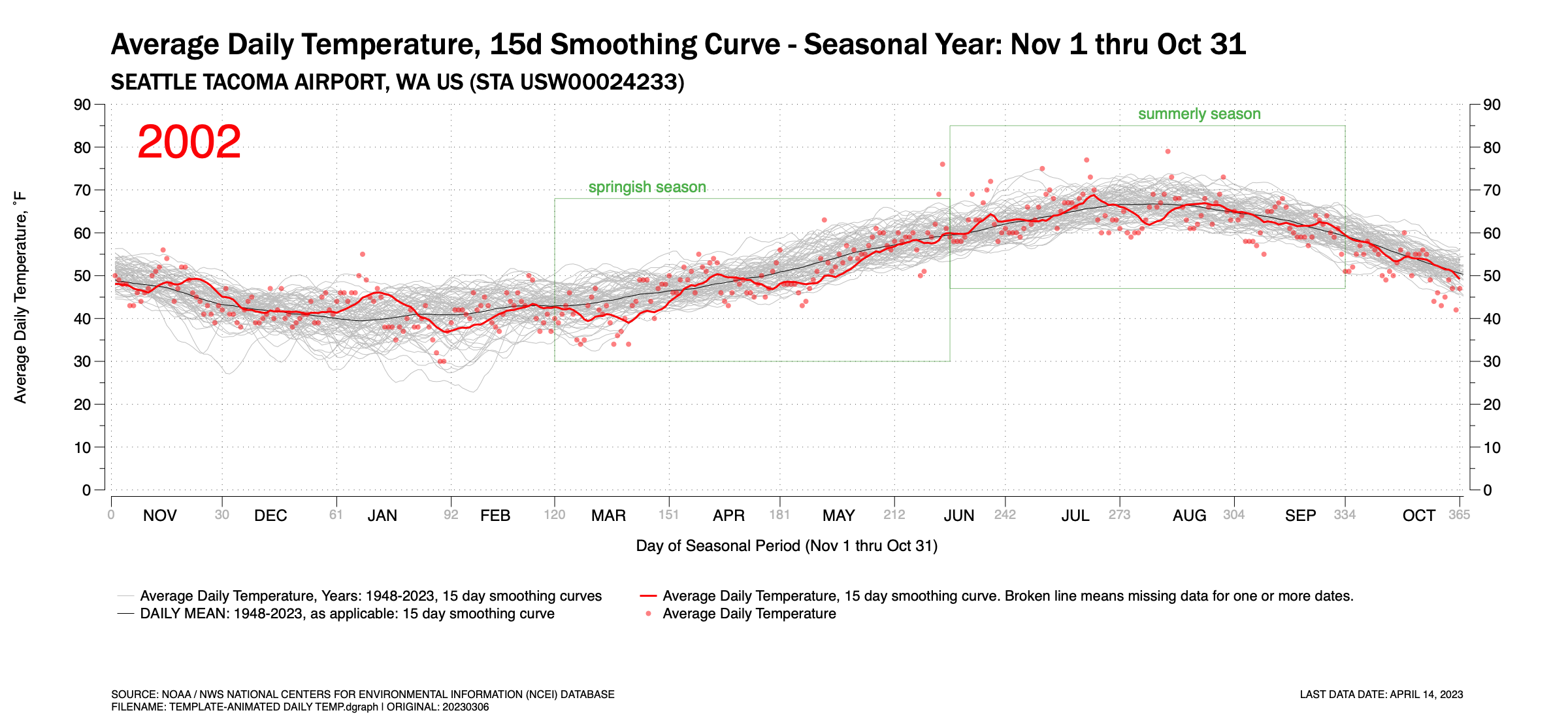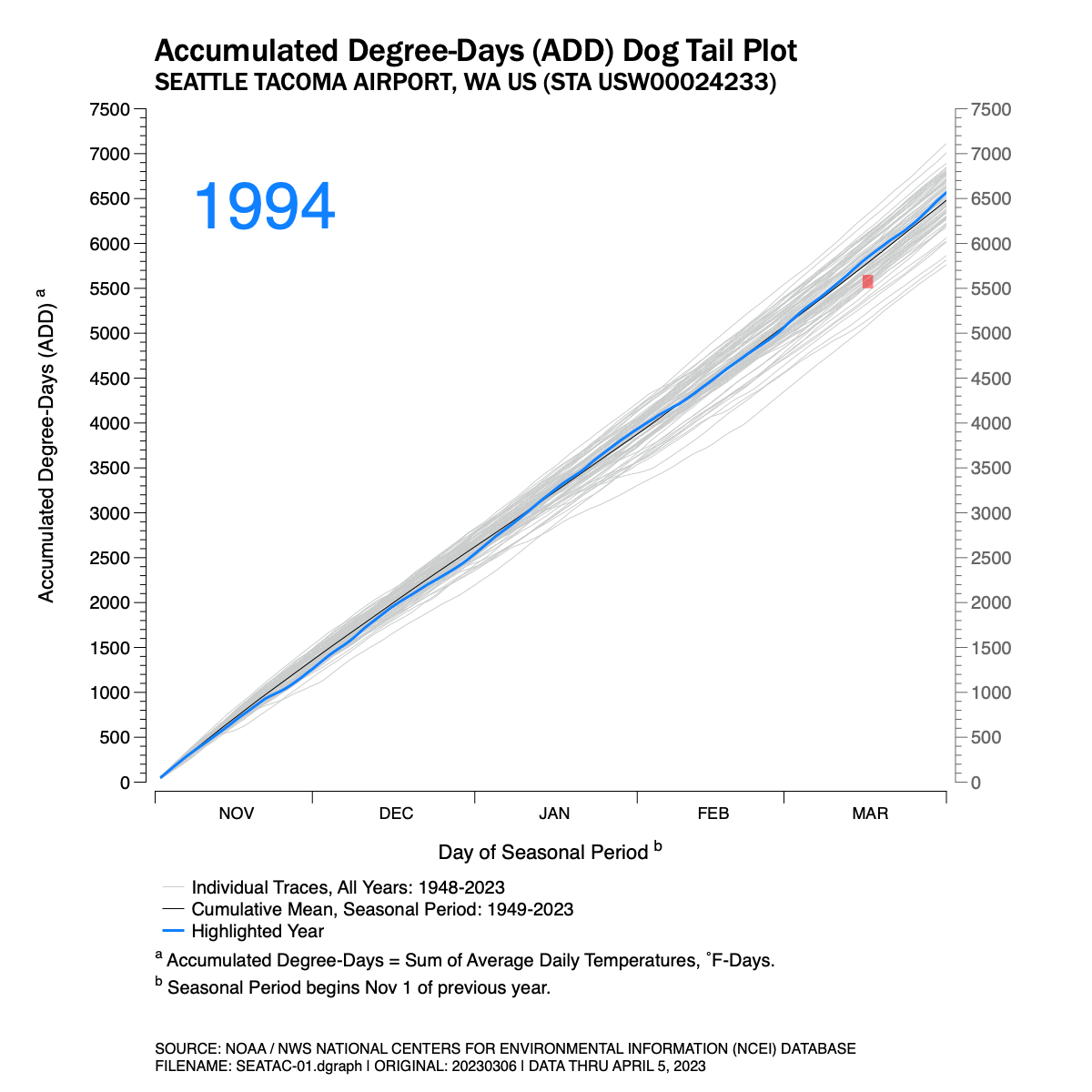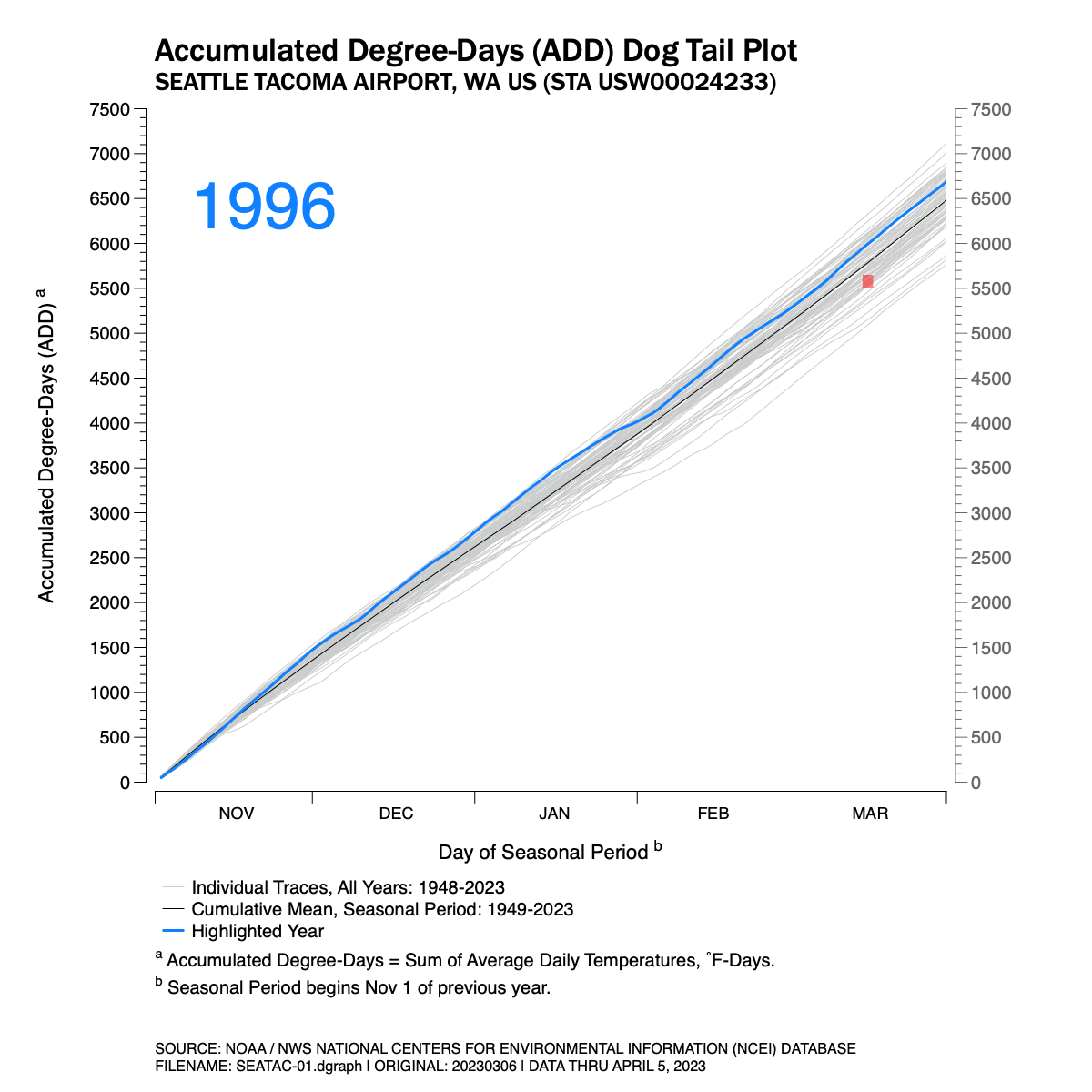I’ve never been to New York City though I’ve always wanted to visit and even live there. I remember when I told a colleague I worked with in the Seattle area in the mid 90s and who grew up there, he said
“Dave, it’d eat you alive.”
I replied, what do you mean? I’ve been around.
“You haven’t been to New York. It eats up people like you.”
I protested, People say this all the time. The whole city’s made up of people from other places.
“Trust me Dave. It’d eat you alive.” End of conversation. He moved on to another task. I laughed.
…
Anyway, it is probably too late for me to ever live there, but maybe one day I’ll visit New York. And as a daily reader of the New York Times, I sometimes come across a local story which gets me wistful about visiting or living there sometime. And whenever I do that, I think back to that brief 30 second conversation I had underneath a giant 747 being tested prior to rolling out to the flightline for further finishing work.
And that happened tonight when I came across a story that NYC might get its first meaningful snowfall of 2023, on nearly the last day of February. I’ve always loved photographs of New York in winter. The old black and white ones, but also the color ones – especially the color ones from the late Saul Leiter. It’s hard to imagine New York getting through a winter with little to no snow. But what do I know?
I decided to look at how much NYC sees in a typical winter. So, I went to the National Oceanic and Atmospheric Administration’s National Centers for Environmental Information (NCEI) data portal to see where data of records were collected for New York City. Sure enough one of those locations was in Central Park with records going back to January 1, 1869. I downloaded the temperature and precipitation data for this location just for grins and looked.
And it appears, New York City gets quite a bit of snow in Central Park certainly when compared to the city I live in, Seattle. It looks like on average about 26 inches over the course of a typical winter falls in Central Park, though that varies widely.
I put together several charts to see if any patterns or trends over time could be detected. Frankly, I don’t see many from this broad (and quick) overview. In fact, I was surprised how uniform the data looked whether years were grouped across decades or individual snow events were plotted across time.
You can see what I found with this very cursory look tonight in the following five (5) figures. Click on any chart to expand.



























































































































































